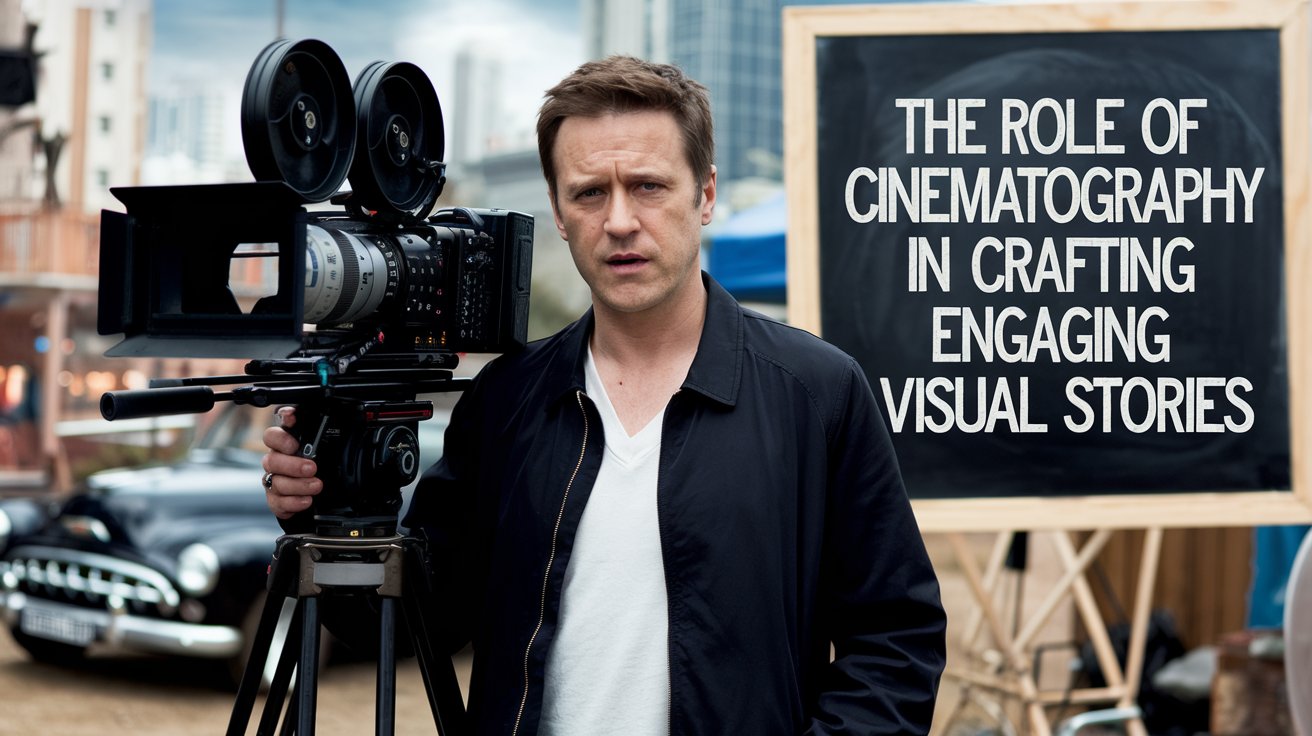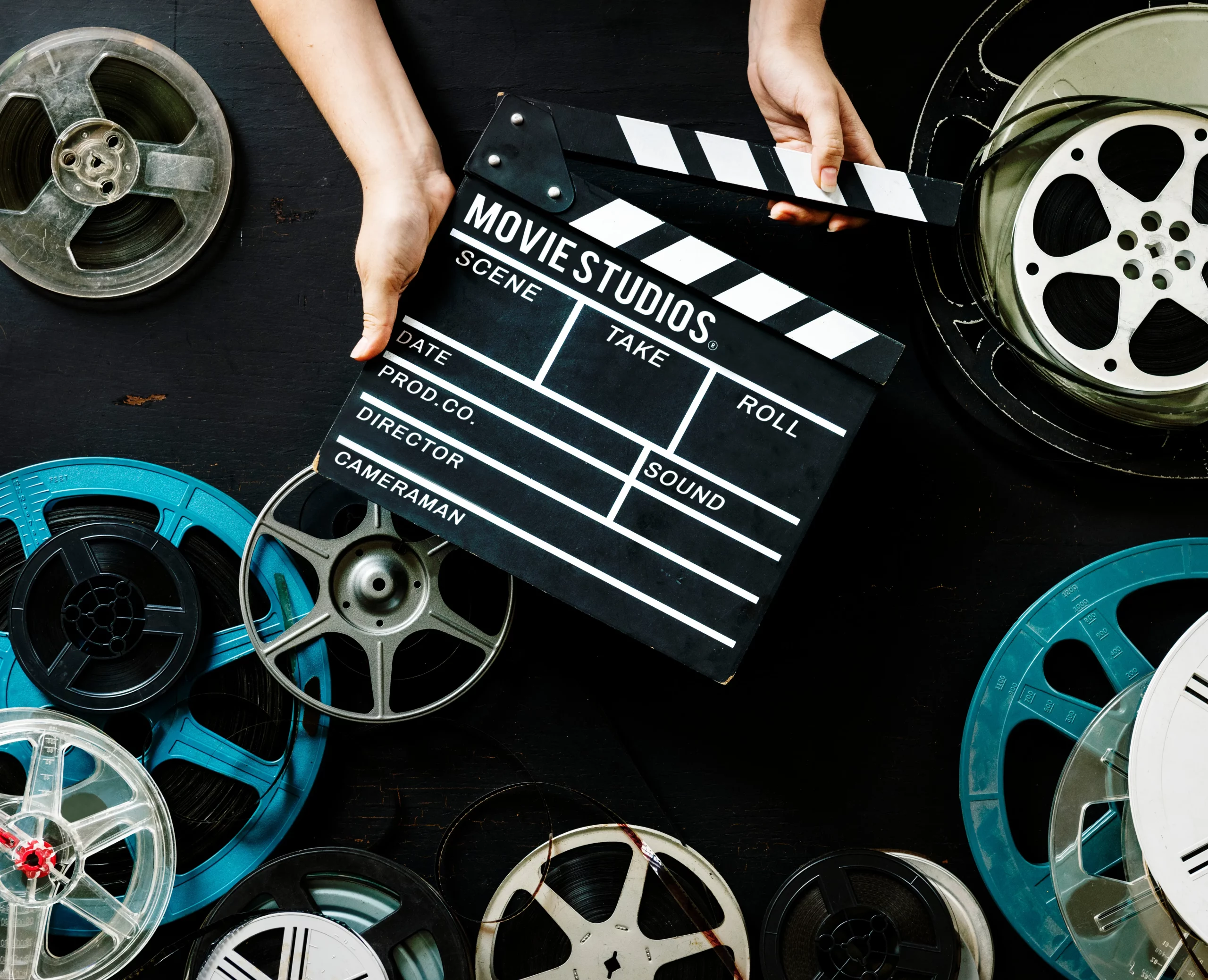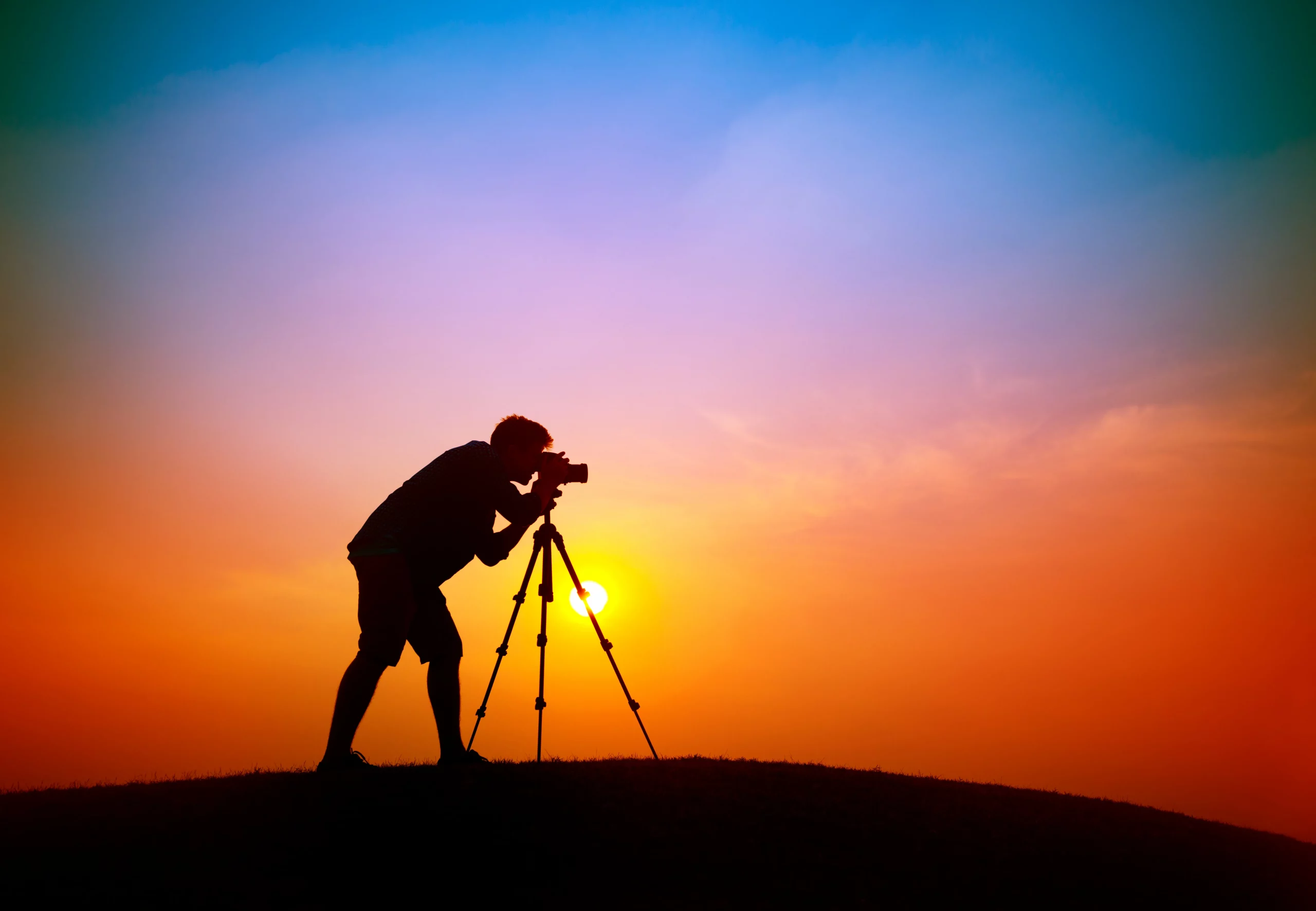
The Role of Cinematography in Crafting Engaging Visual Stories 2025
In today’s digital era, the demand for visually captivating content has never been higher. From blockbuster films to social media snippets, cinematography in storytelling plays a pivotal role in shaping how stories are told and experienced. It’s more than just pointing a camera and recording—it’s the art of storytelling through visuals.
In this blog, we will dive into the significance of cinematography in crafting engaging visual stories and explore the techniques that captivate audiences. Whether you’re a filmmaker, content creator, or business looking to enhance your corporate video production, understanding the power of cinematography is key to standing out in 2024.
What is Cinematography?
Cinematography is the language of visuals. It’s the creative use of elements like lighting, camera angles, movement, and composition to convey a story’s emotion, mood, and message. It shapes the audience’s experience by manipulating what they see and how they feel throughout the narrative. While a well-written script is crucial, it’s the visual storytelling that often leaves a lasting impression.
In films, commercials, or even corporate videos, cinematography in filmmaking is what elevates a project from ordinary to extraordinary. Whether through the use of dramatic lighting, a unique camera angle, or careful framing, it’s all about creating an emotional connection with the viewer.
The Key Elements of Cinematography in Storytelling
Every cinematographer understands that their job goes beyond just creating beautiful images. The art lies in telling the story through these images, making the audience feel and connect with the characters or message. Here are some essential elements of cinematography that help build an engaging visual narrative:
1. Lighting in Cinematography
Lighting is one of the most powerful tools in a cinematographer’s arsenal. It sets the tone, highlights important aspects of a scene, and influences how a story is perceived emotionally. For instance, low-key lighting is often used to create suspense in thrillers or horror films, while bright, high-key lighting lends a cheerful atmosphere to comedies or romantic films.
In corporate video production, using the right lighting can drastically affect how your brand is perceived. Dark, moody lighting can emphasize professionalism and sophistication, while brighter tones can create an approachable, friendly vibe. Understanding lighting is crucial for effective cinematography in storytelling.
2. Camera Angles and Movement
Camera angles can tell as much about a character as dialogue or music. A low-angle shot can make a character appear dominant or threatening, while a high-angle shot may make them seem vulnerable. The camera movement adds dynamism to a scene—whether it’s a smooth dolly shot following a character or a shaky handheld camera during intense action sequences.
Understanding how to use camera angles and movements in storytelling is essential for creating a connection between the viewer and the story. For example, a zoom-in on a character’s face can show emotional tension, while a wide-angle shot might be used to showcase the grandeur of a scene. This mastery of angles and movements is vital for anyone interested in cinematography for storytelling.
3. Framing and Composition
The composition of each shot is critical. Where the camera is placed, how the subject is framed, and what’s included or excluded from the shot all influence the story. Framing and composition guide the audience’s eye and emphasize certain aspects of the story. Cinematographers often use the “rule of thirds” to create balanced and visually pleasing shots that resonate with viewers.
In visual storytelling, the arrangement of objects or characters within a scene can symbolize relationships, emotions, or power dynamics, adding layers of meaning to the story. Careful composition is fundamental in the realm of cinematography in storytelling.

Cinematography and Emotional Storytelling
The best cinematography doesn’t just show events; it makes the audience feel something. Emotional storytelling through cinematography can evoke feelings of joy, fear, suspense, or sadness without the need for dialogue. Using a combination of lighting, framing, and camera movements, filmmakers can create a visceral experience for the viewer.
Capturing Emotion Through Visuals
Close-up shots are often used to capture the subtle emotions of characters, while long shots can create a sense of isolation or grandeur. The way a scene is shot—whether through slow motion, quick cuts, or steady tracking—helps dictate the emotional rhythm of the film. For instance, in a corporate video aimed at telling a brand’s story, close-up shots of employees interacting with customers can humanize the company and build trust with viewers.
Building Visual Narratives Through Cinematography
A successful narrative relies on both the written script and how it’s visually translated. Cinematography bridges the gap between the director’s vision and the audience’s experience.
Storytelling Through Camera Angles
Storytelling through camera angles allows filmmakers to manipulate how viewers perceive characters and scenes. A high-angle shot might indicate weakness or submission, while a low-angle shot can give characters power and authority. This principle is equally applicable in corporate video production, where the right camera angles can enhance brand storytelling.
Cinematography for Brand Storytelling
Incorporating cinematic techniques into brand storytelling can elevate corporate videos and marketing campaigns. The way a scene is lit, framed, or shot can transform an ordinary business message into something visually compelling and emotionally engaging. For businesses, good cinematography can humanize a brand, create a memorable impression, and communicate values effectively.
Innovative Cinematography Trends to Watch in 2024

As technology evolves, so do the tools and techniques available to cinematographers. In 2024, trends like drone cinematography and virtual production are pushing the boundaries of what’s possible in visual storytelling.
1. Drone Cinematography
Drone cinematography offers a bird’s-eye view of the world, providing stunning aerial shots that were previously hard to achieve without expensive equipment. Drones have become a game-changer in industries like corporate video production, where they can showcase large facilities, landscapes, or events in a way that feels fresh and exciting.
2. Virtual Production
Virtual production is another exciting development, blending CGI with live-action footage to create immersive worlds in real time. This technology allows filmmakers to shoot in complex environments without ever leaving the studio, offering limitless possibilities for storytelling.
With other trends in 2024 Drone Cinematography & Virtual Production are two of the most recent trends of the year.
Cinematography: The Backbone of Engaging Visual Stories
Whether you’re creating a film, an advertisement, or a corporate video, cinematography in storytelling is the key to making your story come alive. It’s the craft of combining visual elements to not only capture images but also evoke emotions, communicate ideas, and engage the audience in a meaningful way. As we move into 2024, the role of cinematography in filmmaking and corporate video production continues to grow, making it an essential skill for storytellers in every industry.
At Garage Productions, we specialize in creating visually compelling content through corporate video production and engaging visual narratives. If you’re looking to tell your brand’s story with professional cinematic flair, contact us today. Our team of experts is ready to bring your vision to life.